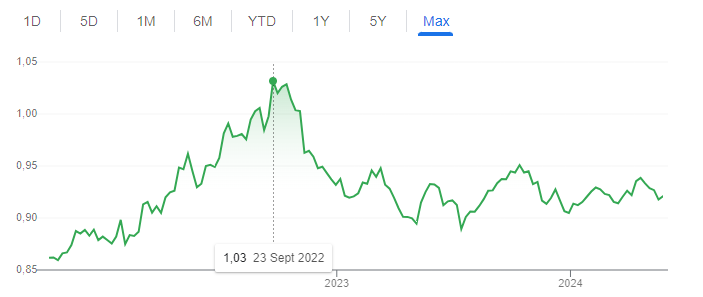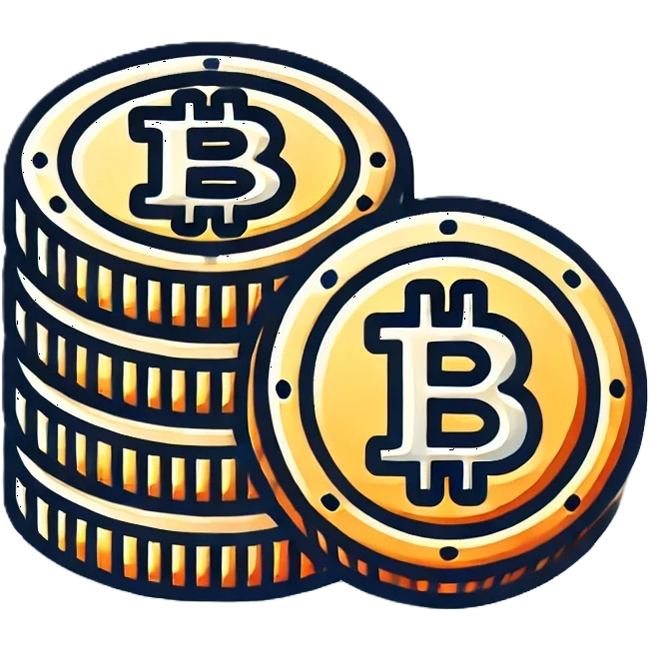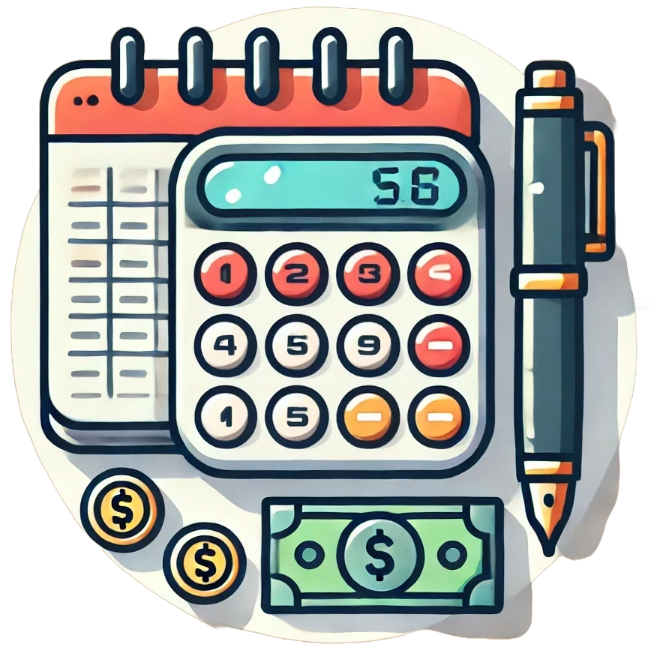Publication date: May 23, 2024
As a stablecoin Tether (USDT) is pegged to the U.S. dollar, providing a stable alternative. Stablecoins like, Tether play a key role by bridging the gap between traditional currencies and crypto coins, providing a consistent store of value for investors.

Stablecoins
Stablecoins are a type of cryptocurrency designed to provide price stability by being linked to a stable source of value, such as the U.S. dollar, other currencies, or even commodities such as gold. This linkage reduces the typical price fluctuations of other cryptocurrencies such as Bitcoin. This makes stablecoins ideal for daily transactions and as a safe haven during market turmoil. This makes it an attractive option for retail and corporate users who want to enjoy the benefits of digital currencies without extreme price fluctuations.
What is Tether?
The origin of Tether lies in the creation of a digital equivalent of the dollar, that can be traded quickly, globally, and at little cost on various cryptocurrency exchanges. Tether is issued by Tether Limited, which claims that each coin issued is backed by a dollar in its reserves. This makes it an enticing tool for investors looking for stability in the often unpredictable crypto market.
How does Tether works?
Users usually buy Tether on crypto exchanges with the idea that its value will remain stable despite market fluctuations. This process is supported by a technology known as the blockchain, the same technology behind many other cryptocurrencies.
The role of Tether in the crypto economy cannot be understated. It acts as a safe haven for traders during periods of high volatility, allowing them to quickly switch between different cryptocurrencies without having to return towards traditional currencies. Moreover, Tether provides a solution for markets in which access to traditional financial services is limited or non-existent.
History of Tether
Tether was first released in 2014 under the name "Realcoin,". A project that aimed to integrate the stability of the dollar into the technology of the Bitcoin blockchain. Not long after its launch, the company changed its name to Tether, referring to its intention to "attach" the currency to traditional currencies. Since then, Tether has become one of the most widely used stablecoins worldwide.
Over the years, Tether has faced several challenges and controversies. One of the biggest challenges was proving that every coin was backed by a dollar. These issues led to several investigations, both by financial authorities and by the crypto community itself. Nevertheless, Tether has maintained its position as a dominant player.
Recently, Tether has made efforts to increase its transparency and reliability. This includes regular audits and updates to their reserve statements, to restore and maintain user trust.
What's going on at Tether
In recent years, Tether has faced several legal and regulatory hurdles. Investigations by regulators have led to questions about the actual coverage of the Tether tokens issued. These issues affect investor confidence and may pose potential risks to the broader crypto market.
In addition, there is debate about the level of transparency Tether Limited provides about its financial reserves. Critics have asked for more evidence, Although the company states that each Tether is backed by a U.S. dollar. Tether's answers to these questions are crucial to maintaining trust.
These issues have led to fluctuations in Tether's acceptance within the cryptocurrency community. Some users remain loyal because of the convenience and stability offered by Tether, while others seek alternative stablecoins that may offer more transparency or better asset support.
Price development of Tether
As a stablecoin, Tether is designed to maintain a constant value of $1. While there may be minor fluctuations, they are usually minimal. This stability is one of the key features that sets Tether apart from other, more volatile cryptocurrencies.
Tether's share price, however, has experienced moments of volatility, especially during periods of market uncertainty or when the company has been under severe legal or regulatory pressure. These events have sometimes led to small deviations in the price of Tether against the dollar.
Below you can see the movement of Tether.

Compared to other stablecoins, Tether tries to maintain itself as the most reliable option. Tether's share price and, reputation is closely tied to the company's ability to fulfill its promises of full coverage and transparency.
Advantages of investing in Tether
1. Stability: Generally maintains a constant value even during market turmoil.
2. Acceptance: Widely accepted and easy to use on many platforms.
3. Low fees: There are relatively low transaction fees.
4. Hedging: Useful for hedging other, more volatile investments.
5. Transparency: Provides regular audits and reports.

.svg)










